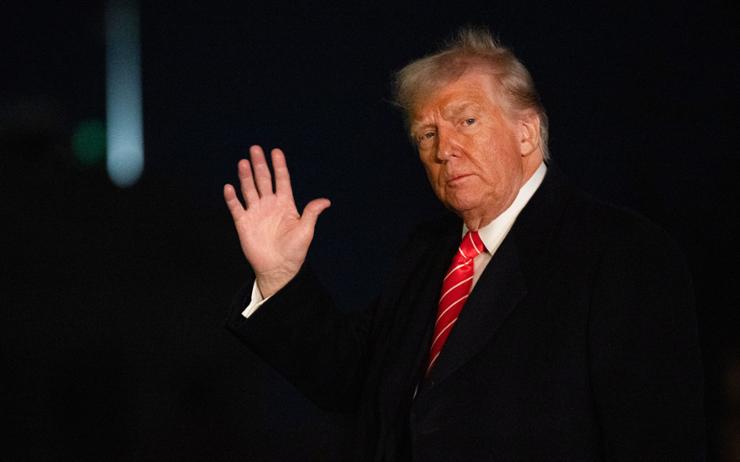The U.S. isn’t likely to pull back its military presence in the Asia-Pacific anytime soon, even under Donald Trump, according to security experts at a recent forum in Beijing.
At Tsinghua University’s International Security and Strategy Forum, Sun Yun, a director at the Stimson Centre, made it clear that the U.S. has no plans to step aside in the region, especially with ongoing tensions over Taiwan and the South China Sea. She pointed out that while there’s debate over who’s fueling the conflict in the South China Sea, the U.S. isn’t showing any signs of reducing its influence there.
China claims nearly all of the South China Sea, but multiple nations dispute that. Recently, clashes between Chinese and Philippine vessels have escalated, with China accusing the U.S. of backing the Philippines to stir up trouble. U.S. Secretary of State Marco Rubio, however, has doubled down on America’s commitment to defending its ally.
The U.S. and the Philippines have been actively holding joint patrols and military drills in the region, with the most recent one taking place in early March. That said, Trump’s administration hasn’t yet laid out its official stance on the South China Sea, leaving some room for speculation about possible shifts in policy.
Despite potential challenges like a shrinking fleet and commitments in other regions, Hu Bo, a director at a Beijing-based think tank, believes the U.S. military presence in the area has hit its peak and will likely remain steady rather than expand. He emphasized that U.S. military policy tends to be more stable than its political and economic strategies.
Meanwhile, the Philippines is working on strengthening regional alliances, pushing to expand its “Squad” partnership currently involving the U.S., Japan, and Australia to also include India and South Korea.
However, not everyone in Southeast Asia is on board with escalating military activity. Michael Vatikiotis, a senior adviser at the Centre for Humanitarian Dialogue, pointed out that many countries would rather see tensions cool off than be pressured into picking sides. He suggested that the U.S. could maintain its presence in the region while dialing back the intensity of its freedom of navigation operations to ease tensions with China.
On the Taiwan issue, Zhou Bo, a senior fellow at Tsinghua University, said there’s room for negotiation between the U.S. and China on topics like military training and arms sales. However, he made it clear that China’s stance on Taiwan’s reunification is non-negotiable.
Earlier this month, Taiwan’s leader, William Lai Ching-te, announced new security policies in response to threats from Beijing, calling China a “hostile foreign force.” Shortly after, the Chinese military ramped up its activity in the Taiwan Strait, sending 59 aircraft and nine warships near the island the largest show of force since October.
While the U.S. and China might find common ground on some aspects of Taiwan policy, one thing remains unchanged: China sees reunification as a matter of national sovereignty, not a bargaining chip.
